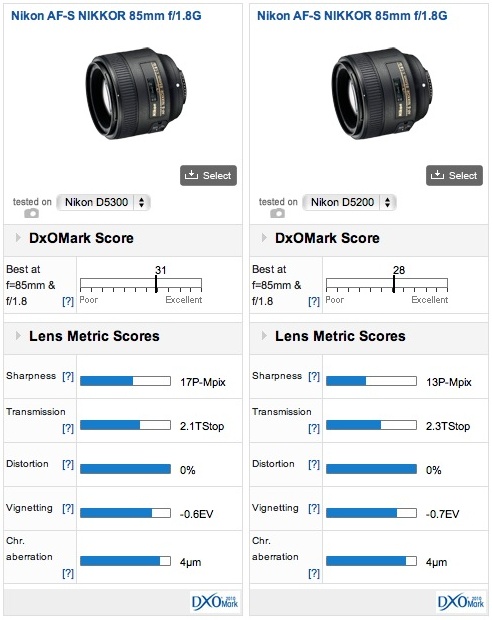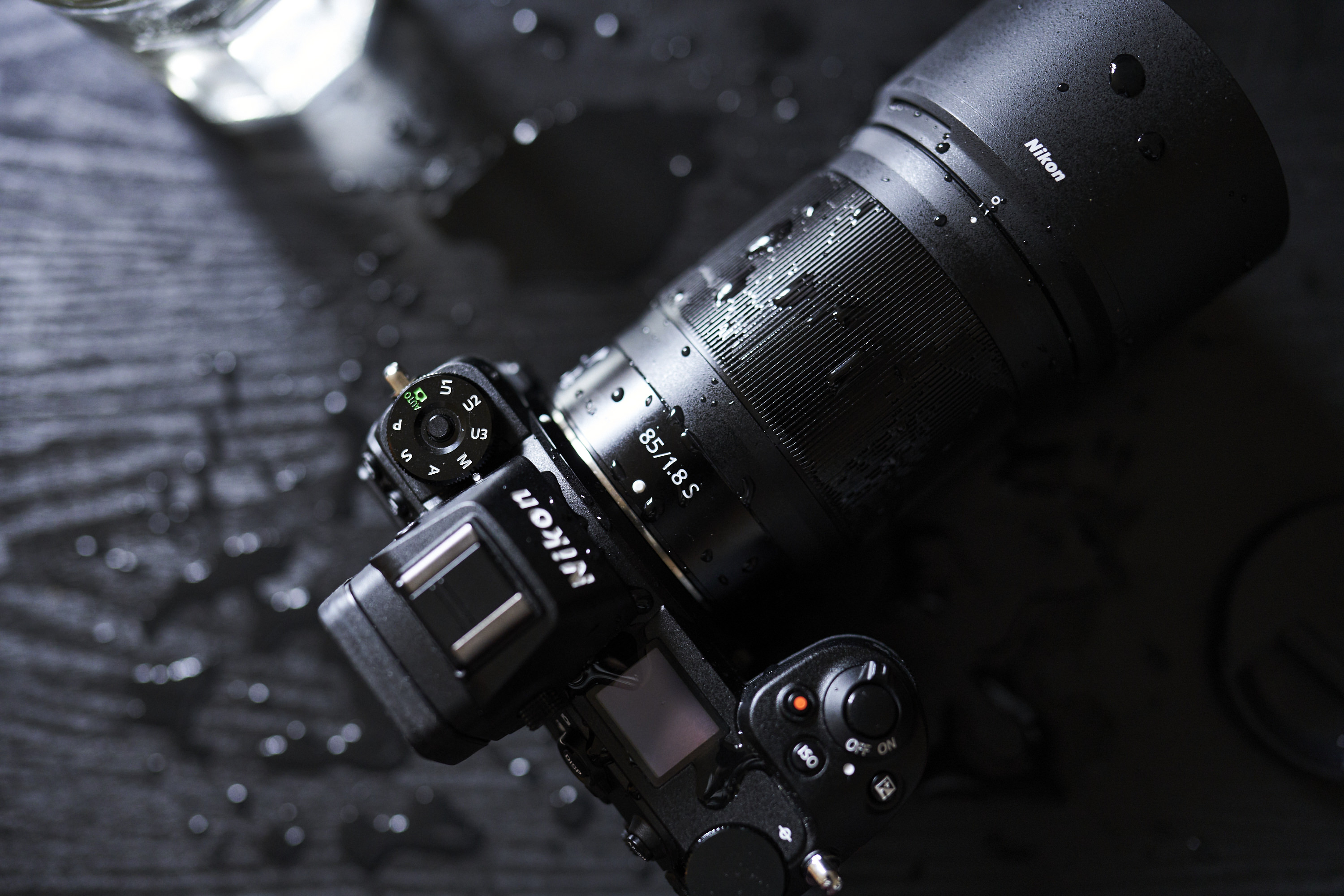

Something rather special for Canon cameras, this lens gives you the best of both worlds. Flash photography made easy: from simple shots to advanced techniques.Essential ideas, tips and tricks to transform your portrait photography.Even though the diaphragm blades that control the aperture are generally curved, a larger number of blades tends to produce a better-rounded aperture. If you need to stop down a little, lenses with a better-rounded diaphragm tend to help retain better quality bokeh. Even at f/1.8, however, especially when using an 85mm lens on a full-frame camera, the depth of field can be so tight that you might not be able to get both of a person’s eyes looking sharp, let alone other facial features.

Lenses with wider aperture ratings have a natural advantage, as they give a tighter depth of field. This is a term that describes the pictorial quality of defocused areas within images.
Best 85mm lens for nikon manual#
However, as DSLRs lack the old-style split-screen and microprism viewfinders of their 35mm forerunners, manual focusing can be a bit hit and miss without resorting to Live View mode, and autofocus lenses generally enable a much better hit rate in getting sharp images.Ĭompared with outright sharpness, the bokeh of a portrait lens can be a more important consideration. The Zeiss Milvus range is particularly good. There are some excellent manual-focus lenses on the market for Canon and Nikon DSLRs. There are some excellent manual-focus lenses on the market for Canon and Nikon DSLRs The larger depth of field helps to show people in their surroundings. However, optical stabilization can still be a big bonus, not just in dimpsy lighting conditions but when you want to use a narrower aperture for environmental portraits. It’s particularly important if you want to take portraits indoors under ambient lighting, without resorting to flash. Another bonus is that you’ll be able to maintain relatively fast shutter speeds even under low lighting conditions, freezing any movement of the subject as well as avoiding camera-shake. This enables a tight depth of field so you can blur fussy backgrounds and really make the main subject stand out.

The killer feature, however, is that they’ll typically have a wide maximum aperture of around f/1.4 to f/1.8. One of the advantages of 50mm and 85mm prime lenses is that they tend to give excellent image quality with negligible distortion. These lenses enable you maintain a natural distance from your subject for head and shoulders or half-length portraits, neither crowding in and making people feel awkward, nor being too remote to give direction.


 0 kommentar(er)
0 kommentar(er)
